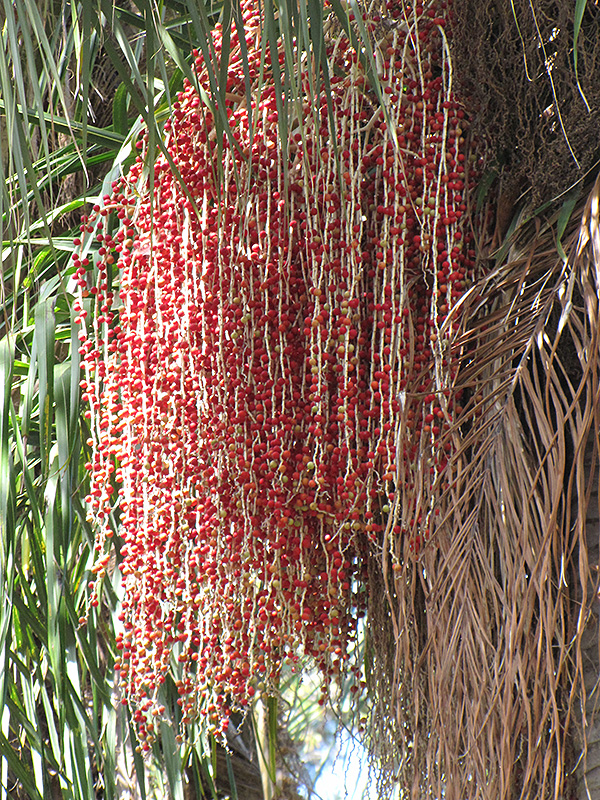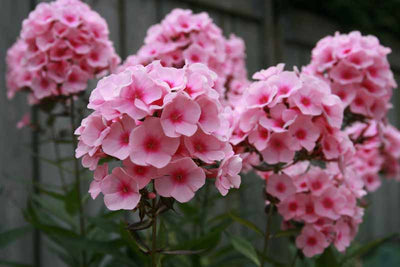Plant Library
Height: 20 feet
Spread: 10 feet
Sunlight:
![]()
![]()
Hardiness Zone: 10a
Other Names: syn. Adonidia Merrillii, Manila Palm
Description:
This variety is used as an ornamental plant in warm temperate regions; trim away dead foliage to enhance appearance; will slowly mature into a stately palm and make an excellent landscape focal point
Ornamental Features
Christmas Palm is primarily grown for its highly ornamental fruit. The fruits are showy red drupes carried in abundance from mid fall to mid winter. It has attractive green deciduous foliage. The narrow pinnately compound leaves are highly ornamental but do not develop any appreciable fall color. It has panicles of creamy white star-shaped flowers hanging below the branches in late summer. The smooth gray bark is extremely showy and adds significant winter interest.
Landscape Attributes
Christmas Palm is a deciduous tropical plant with a strong central leader and an upright spreading habit of growth. Its relatively fine texture sets it apart from other landscape plants with less refined foliage.
This tropical plant will require occasional maintenance and upkeep, and should not require much pruning, except when necessary, such as to remove dieback. It is a good choice for attracting bees to your yard. Gardeners should be aware of the following characteristic(s) that may warrant special consideration;
- Disease
- Self-Seeding
Christmas Palm is recommended for the following landscape applications;
- Accent
- Vertical Accent
- Windbreaks and Shelterbelts
- Container Planting
Planting & Growing
This plant is native to the tropics and prefers growing in moist environments with evenly warm conditions all year round. In our climate, it is usually grown as an outdoor annual in the garden or in a container. If you want it to survive the winter, it can be brought in to the house and provided with special care, and then returned to the garden the following season. In its preferred tropical habitat, as a tree it can grow to be around 20 feet tall at maturity, with a spread of 10 feet. However, when grown as an annual or when overwintered indoors, it can be expected to perform quite differently, and its exact height and spread will depend on many factors; you may wish to consult with our experts as to how it might perform in your specific application and growing conditions.
This tropical plant does best in full sun to partial shade. It does best in average to evenly moist conditions, but will not tolerate standing water. It is not particular as to soil type or pH. It is somewhat tolerant of urban pollution. This species is not originally from North America.
Christmas Palm is a fine choice for the yard, but it is also a good selection for planting in outdoor pots and containers. Its large size and upright habit of growth lend it for use as a solitary accent, or in a composition surrounded by smaller plants around the base and those that spill over the edges. It is even sizeable enough that it can be grown alone in a suitable container. Note that when grown in a container, it may not perform exactly as indicated on the tag - this is to be expected. Also note that when growing plants in outdoor containers and baskets, they may require more frequent waterings than they would in the yard or garden. Be aware that in our climate, this plant may be too tender to survive the winter if left outdoors in a container. Contact our experts for more information on how to protect it over the winter months.
-- THIS IS A TROPICAL PLANT AND SHOULD NOT BE EXPECTED TO SURVIVE THE WINTER OUTDOORS IN OUR CLIMATE --






